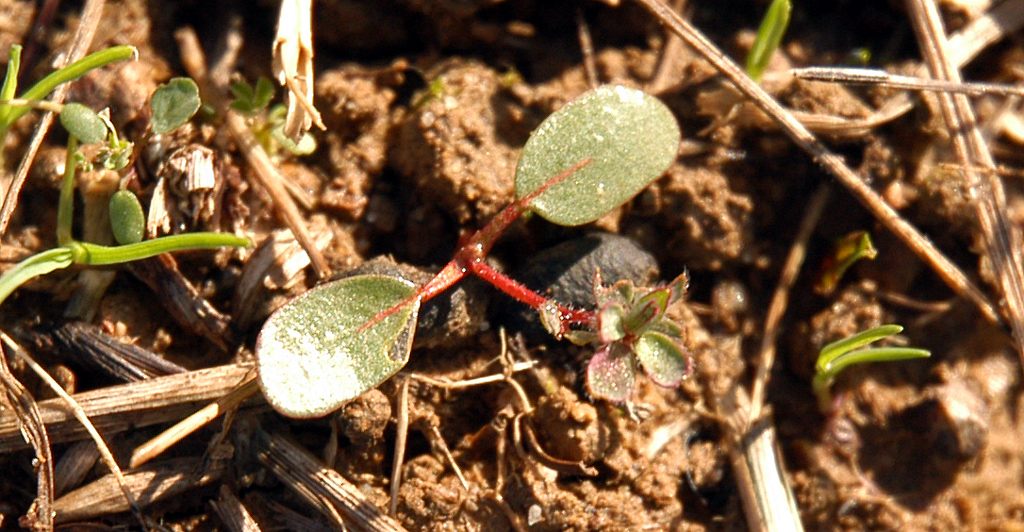The effects of an invasive ant Linepithema humile on a lycaenid butterfly Plebejus acmon

Summary
Many North American ants and lycaenid butterflies have a mutualistic relationship in which the ants protect butterfly larvae from parasitoid wasps, and the butterfly larvae secrete honeydew which the ants consume. Where native ants are being replaced by the invasive Argentine ant (Linepithema humile), the fate of this mutualism, and of the lycaenid butterflies, is in doubt because the mutualism is assumed to involve highly co-evolved behaviors and chemicals. PhD student Jessica Shors is studying a common lycaenid butterfly, the acmon blue (Plebejus acmon), in areas invaded by Argentine ants and in uninvaded areas, to determine whether the invasive ants are altering the survival of the acmon blue by leaving them vulnerable to parasitism.
Jessica has identified patches of one of the acmon blue's larval food plants, Lotus purshianus, in areas where Argentine ants (but no native ants) have been seen, and in areas where native ants (but no Argentine ants) have been observed. In each patch, she will establish replicated plots with barriers to exclude ants, plots with barriers that are breachable by ants, and true controls (no barriers). Companion studies will use potted plants placed near ant nests. By comparing growth and survival of acmon blue larvae in all settings, Jessica will test whether the Argentine ants do or do not fulfill the mutualistic role that native ants perform.
Whether Argentine ants are effective substitute tenders of acmon blue larvae is an important question because a majority of the endangered butterflies in North America are lycaenids, perhaps because their mutualistic interactions make them especially vulnerable. The study also has important implications for understanding the degree of plasticity in co-evolved ant-butterfly mutualisms, and for understanding the invasiveness of Argentine ants.




